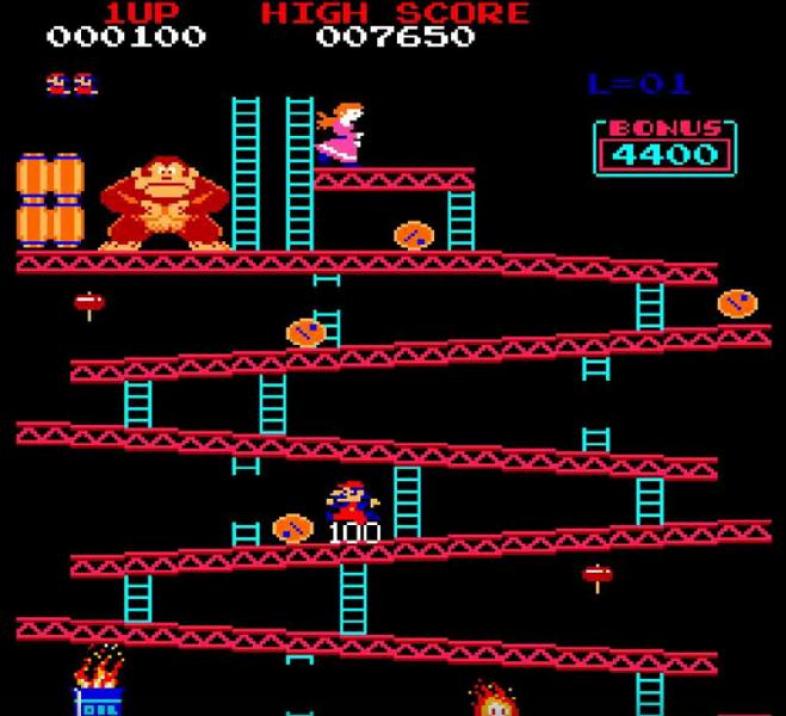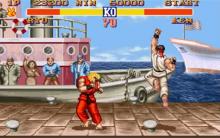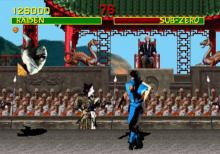The History of Video Games: 11 Interesting Facts You Didn’t Know: Page 11 of 11

11. 2009 – Present:
The Casual and Mobile Gaming Surge, the Rise of Indie Gaming, the eSports Explosion, and the Advance of Technological Innovation
Video gaming’s recent history is marked by technological marvels, the rise of casual, mobile, and indie gaming, the eSports boom, and scandals.
In 2009, crowdfunding platform Kickstarter was introduced to the world. Because it helps people raise funds for creative projects, it has become a great boon to game developers. As such, Kickstarter and other crowdfunding programs would play a role in the rise of indie gaming.
The internet, digital distribution platforms such as Steam, and the ready availability of game development tools also led to the rise of indie gaming from the late 2000s onwards.
Popcap Games released the tower defense game Plants vs. Zombies for the PC in 2009. This smash hit would eventually make its way to mobile devices, and would help usher in the rise of casual and mobile gaming.
Swedish indie programmer Markus “Notch” Persson developed the sandbox construction game, Minecraft. It was first introduced to the public in 2009, and was very well-received.
In 2009, Zynga developed the casual farming simulation game, Farmville, for social network site Facebook. It was extremely popular, even among people who weren’t ordinarily into video games. Because of the success of Farmville and its competition (such as Candy Crush Saga and Bejeweled), there would be a glut of casual games for social network sites.
The casual gaming craze would make its way to mobile devices, such as iOS and Android phones and tablets. One of the most popular games of 2009 was Angry Birds. Despite only costing $0.99, the game would eventually be downloaded by over 2 billion people worldwide. Its profitability would pave the way for an Angry Birds franchise whose merchandise now spans sequels, toys, and even an upcoming movie. Also, like Farmville before it, Angry Birds and its equally successful competition inspired the development of countless titles for mobile gadgets.
While some casual games were sold for extremely low prices, others opted for the extremely lucrative free-to-play model. This method of acquiring money from players, which relied on in-game sales of virtual items, eventually became widespread on PC and console titles, as well.
Capcom launched Street Fighter IV for home consoles in 2009. Considered one of the best games in recent history, it helped revive mainstream interest in fighting games.
Riot Games unveiled its MOBA, League of Legends, in 2009. It would go on to become one of the most important eSports games in recent history, with an extensive competitive scene and millions upon millions of fans worldwide. Various international tournaments continue to be held yearly with millions of dollars on the line.
Naughty Dog unveiled its action-adventure third-person shooter, Uncharted 2: Among Thieves, for the PlayStation 3 in 2009. A huge success, it was praised for its amazing graphics, story, complex and exciting set pieces, and technological innovation. It continues to serve as an excellent example of the cinematic quality of modern video games.
In 2010, Sony introduced the PlayStation Move, a motion-sensing system that allowed players to interact with games by moving their entire bodies, therefore doing away with the need for traditional controllers.
That same year, Microsoft debuted its own motion-control device, the Microsoft Kinect.
In 2011, Markus “Notch” Persson’s game company, Mojang, officially released Minecraft for the PC. It was an overwhelming success, and by the end of 2011, its registered users numbered 16 million, and its 4 million sales would amount to more than $33 million. It would later be released on consoles, as well, where it would continue to remain extremely profitable. It would eventually become the best-selling title for the PC, and the third top-selling video game in history, with over 70 million copies sold across the PC and consoles. Thanks to Minecraft’s success, the indie gaming movement was also in full swing.
With the release of the handheld gaming system Nintendo 3DS in 2011, Nintendo was the first to enter the eight generation of home consoles. It cost $249.99.
That same year, PlayStation would follow suit with its own portable console, the PlayStation Vita. It cost between $199.99 and $299.
In 2011, Bethesda’s fantasy RPG, Elder Scrolls V: Skyrim, was launched. Its enormous open world, beautiful setting, and excellent character development enthralled countless fans and critics alike, many of whom would consider it among the best video games ever developed. It is also one of the most modded games in recent history.
In 2011, Skylanders: Spyro’s Adventure, was released. An augmented reality game, it had players using figurines to interact with the game. This technological innovation would delight players, and would lead to the game’s success. It would go on to inspire other companies, such as Disney and Nintendo, to develop their own figurine-based augmented reality games.
Mobile gaming is so profitable that many companies who were previously focused on developing titles for only the PC and/or consoles begin releasing titles on smartphones and tablets, as well. For example, in 2011, Square Enix launched several Final Fantasy titles on both Android and iOS devices.
Nintendo released the Wii U in 2012. It cost between $299.99 and $349.99.
Telltale Games acquired the license to create games based on the The Walking Dead, and released The Walking Dead: The Game in 2012. This episodic interactive drama would go on to win praises from fans and critics alike, and would help popularize the genre.
Valve released the MOBA Dota 2 in 2013. It remains one of the most-played MOBAs to date. It has an enormous professional following, with countless eSports teams the world over competing for money and glory in a variety of Dota 2 tournaments.
Naughty Dog released its action-adventure survival horror game, The Last of Us, for the PlayStation 3 in 2013. Selling more than 1.3 million copies within its first week alone, it would become widely accepted as one of the best video games in history. Its remarkable, moving story and realistic characters remain considered by many as undeniable proof that gaming has matured, and that the medium has finally become capable of telling sophisticated tales for adults.
2013 was the year Sony and Microsoft released their powerful eighth generation consoles. Sony’s PlayStation 4 cost $399.99 on launch, while Microsoft’s Xbox One was priced at $499.99. Both boast augmented online and multiplayer capabilities, enhancing the social networking side of gaming.
Grand Theft Auto V was released in 2013. It is now the fourth best-selling video game of all time with over 54 million units sold.
Mobile game Flappy Bird was released in 2013. Intensely difficult yet highly addictive, the game was so popular that it earned $50,000 a day from in-game sales and advertisements. Because of its success, the popularity of mobile games once more swelled to ridiculous levels.
In 2014, Sony revealed that they were developing a head-mounted virtual reality device called Project Morpheus. It would soon be renamed the PlayStation VR.
Facebook acquired the Oculus VR for $2 billion in 2014. The Oculus VR is an upcoming virtual reality head-mounted display like the PlayStation VR.
In 2014, the Gamergate scandal raised issues of sexism in the video game industry.
In 2014, Microsoft acquired Minecraft developer Mojang for $2.5 billion.
Blizzard released its own take on the MOBA genre in 2015. The game is Heroes of the Storm, and it stars Blizzard's iconic characters from over two decades of gaming history.
In 2015, after a series of troubling developments – such as the cancellation of the Hideo Kojima-led Silent Hills, the removal of Kojima’s name from all Metal Gear Solid V promotional material, the shutting down of Kojima Productions Lost Angeles, and the barring of Kojima from “The Game Awards” show – Kojima and Konami announced that they were parting ways. Later in the year, Kojima announced that he had reestablished Kojima Productions as an independent game development studio.
It is now 2016, and we still find ourselves surprised as video games continue to innovate, inspire, and evolve. To be honest, we can’t wait for what the game industry has in store for us this year, and beyond.
Here’s to the next hundred years of video gaming!
Enjoyed this article? Tell us about your favorite video game history moments in the comments section below!
You might also enjoy the following articles:
10 Interesting Gaming Industry Facts You Probably Didn't Know About
15 Awesome PC Games That Made Us Love PC Gaming
Esports: 11 Interesting Facts about the Rapidly Growing Industry
Image Gallery
- Log in or register to post comments
- 2807 reads
 Home
Home PC Game Trailers
PC Game Trailers News
News Menu
Menu









































